We use cookies to make your experience better. To comply with the new e-Privacy directive, we need to ask for your consent to set the cookies. Learn more
Why is the HindGut so Important to Horse Health?
How the HindGut functions best
This part of the equine digestive system is also known as the ‘large intestine’. It consists of the caecum, large/ascending colon, small colon, rectum and anus. It is about 7 metres long with a volume of 140-150 litres.
Digestion is performed by billions of bacteria which break down plant fibres and undigested starches into fatty acids which can be absorbed through the gut wall.
The Caecum
The caecum is a sac 1.2 metres long and holds around 28-36 litres.
Here the microbes break down food that was not digested in the small intestine. The entry and exit point are both at the top of the organ, which causes problems if the horse has poor hydration or a rapid diet change, as food can get compacted and cause colic.
The microbes here can take weeks to adjust to a new diet and regain normal function, they respond much better to small, gradual changes. Feed stays here for about 7 hours while bacteria breaks it down.
Large Colon
The large colon is about 3 – 3.5 metres long and holds up to 86 litres. Microbial digestion continues here and most of the nutrients made in this process also get absorbed here.
The large colon’s structure looks like multiple pouches which digest large amounts of fibre but can become twisted or fill with gas from digestion and lead to colic.
Small Colon, Rectum and Anus
The small colon is just as long as the large colons but smaller in diameter. By the time food gets here most of the nutrients have been digested and what’s left over cannot be used by the horse. Here the body reclaims excess moisture and forms ‘faecal balls’ some 36-72 hour after the food was eaten. They then move through the rectum and are expelled as manure.
In summary; the horses gut is very sensitive – colic is the number one cause of death in horses – so maintaining it in good health is vital.
A sudden change in diet can upset the good bacteria in the hindgut which can lead to poor digestion or progress to colic. Along with diet, these good bacteria can also be affected by stress, long distance transport and illness or injury. One of the best way to keep the gut happy is small meals regularly, including roughage as the bulk of their diet and avoid large amounts of grain.
Part 1 - The equine Digestive System - The Start- Mouth

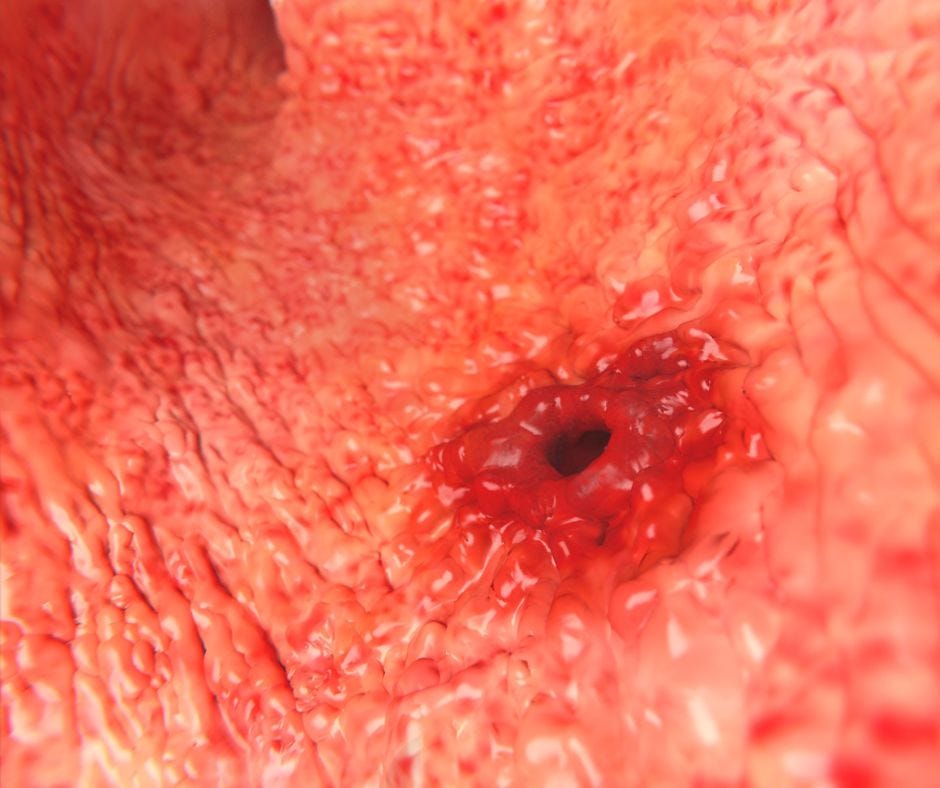
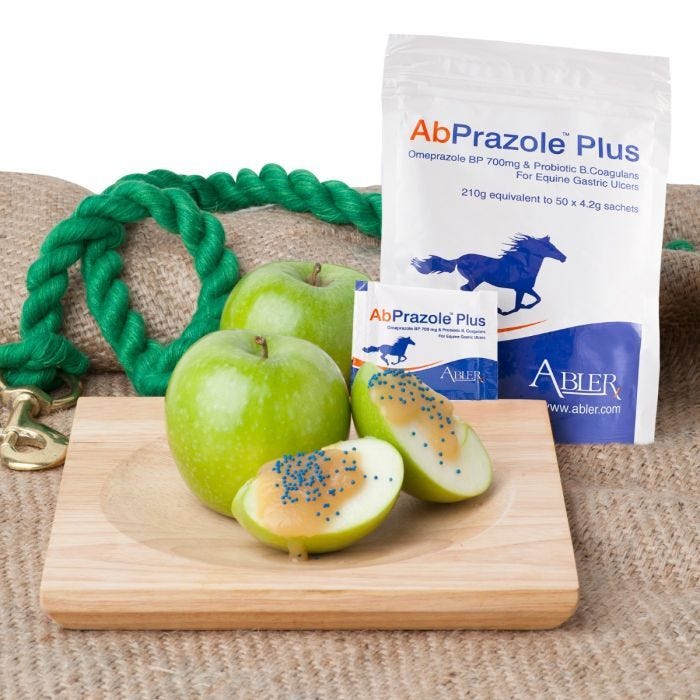
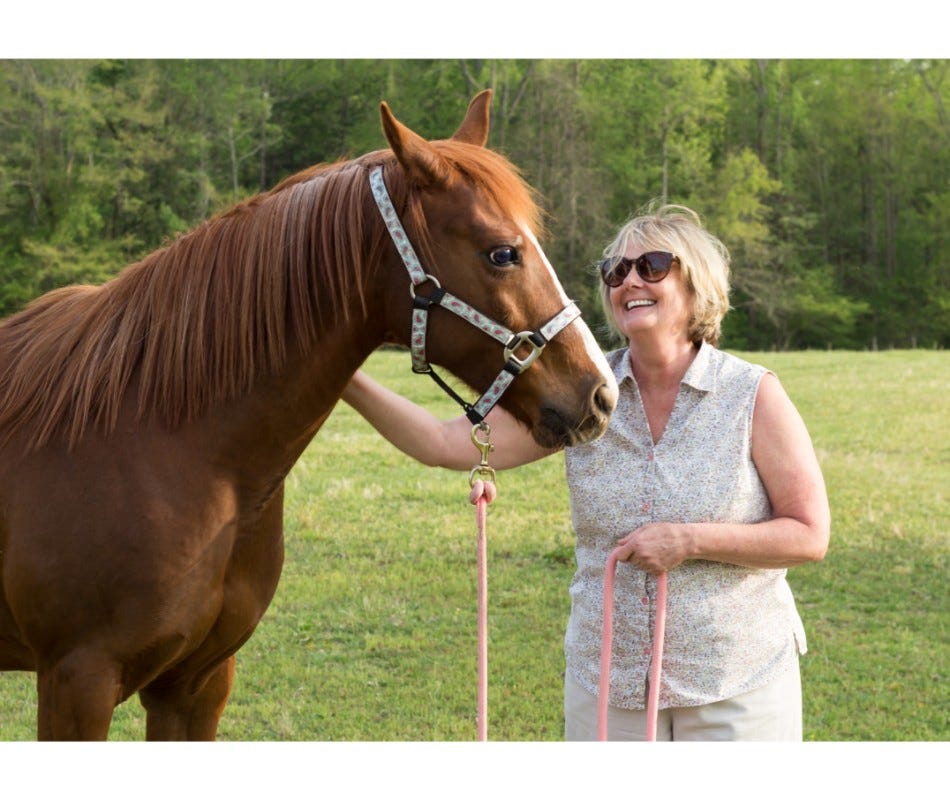
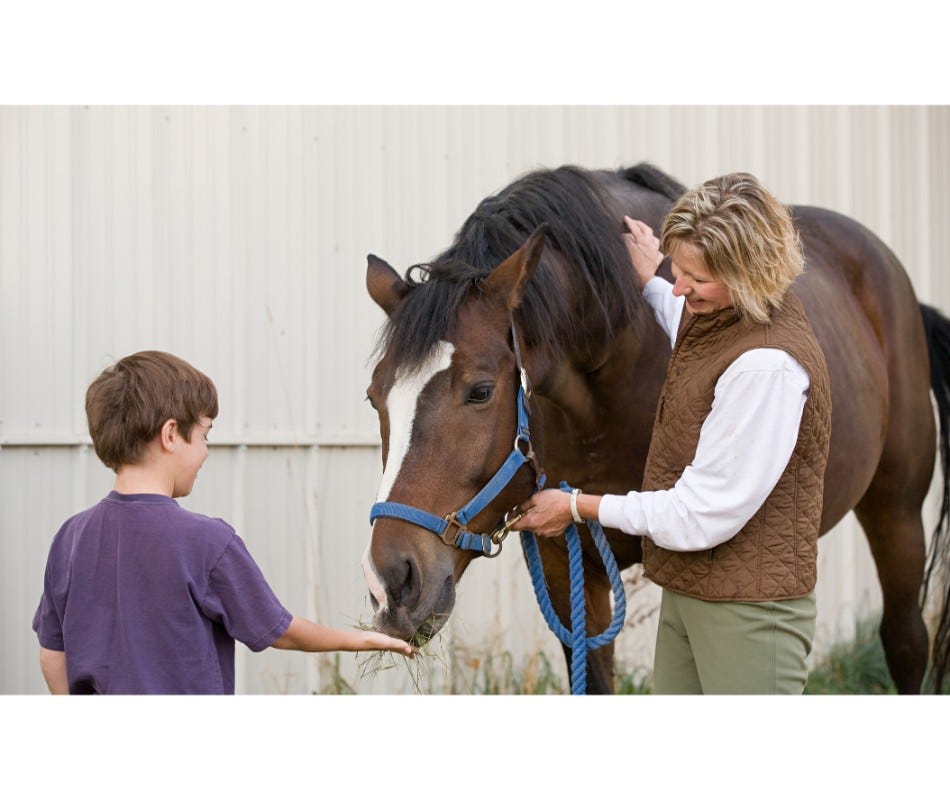
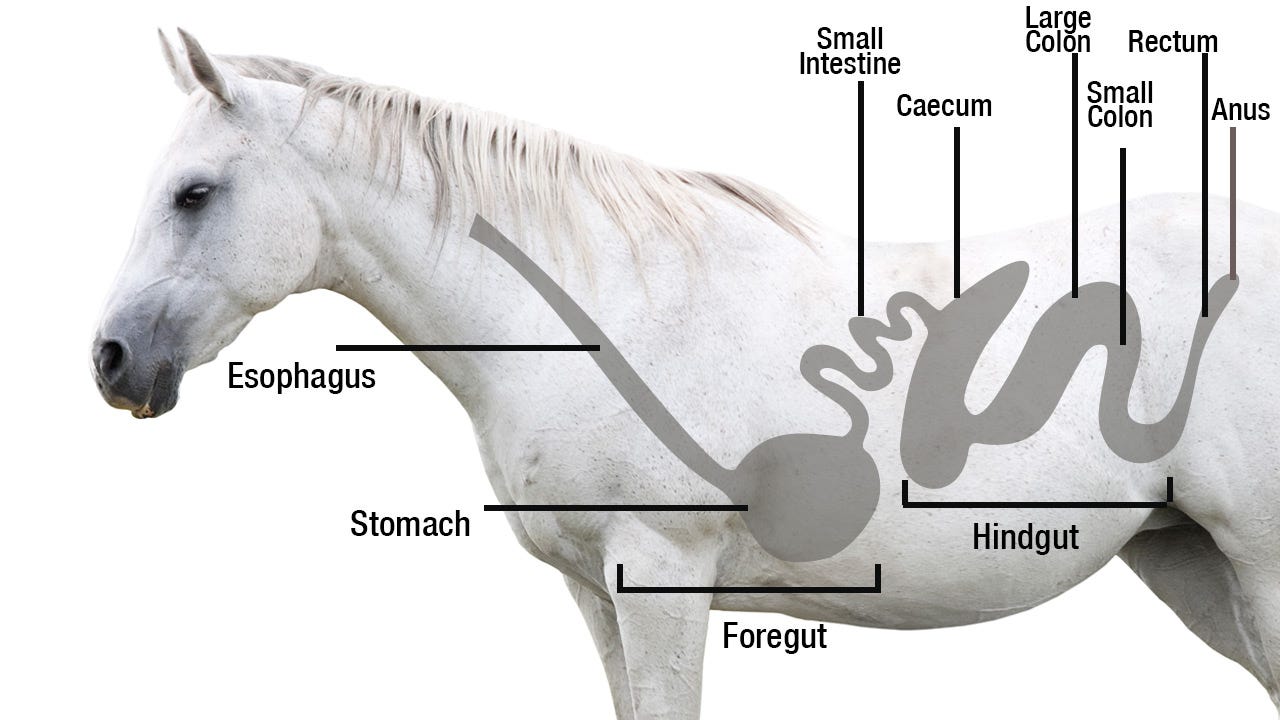
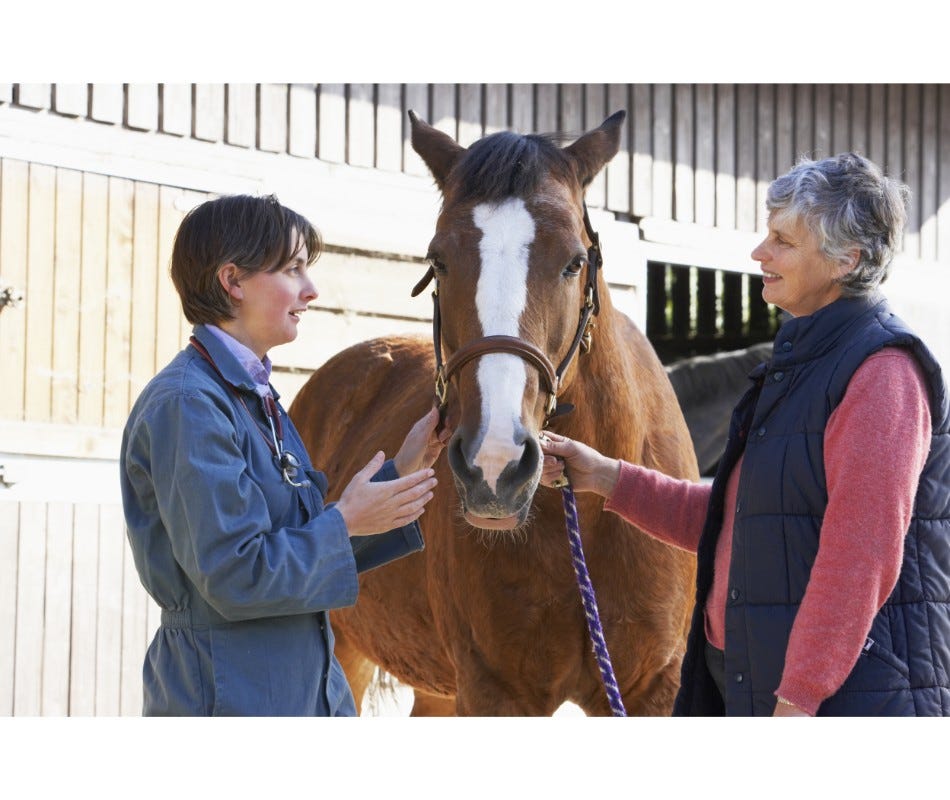
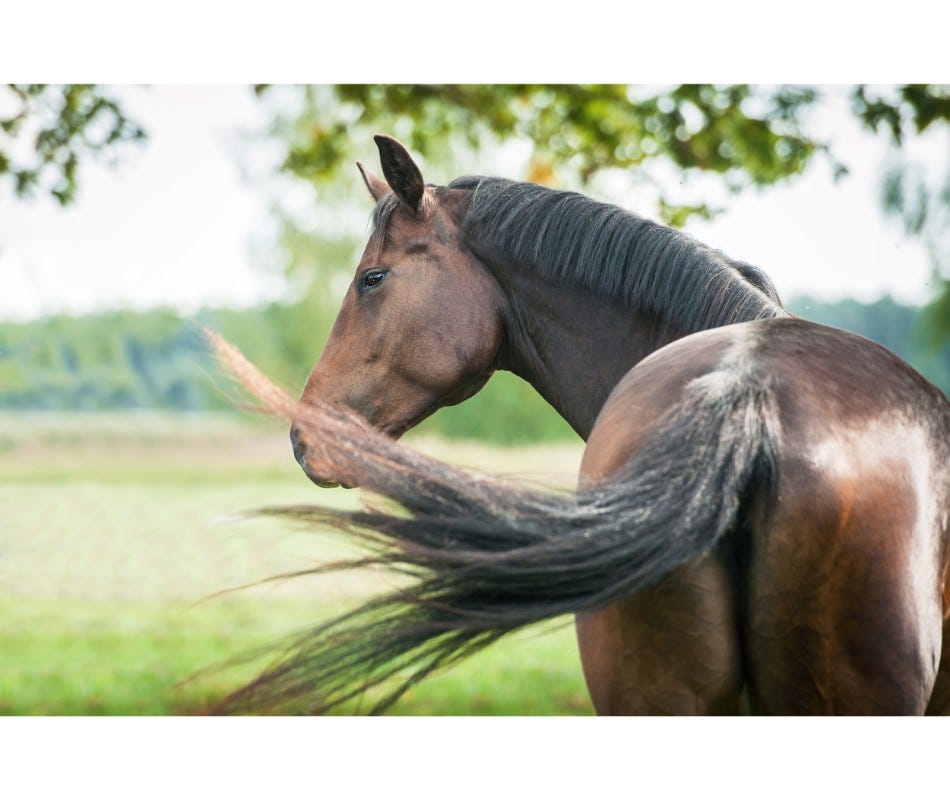
Validate your login